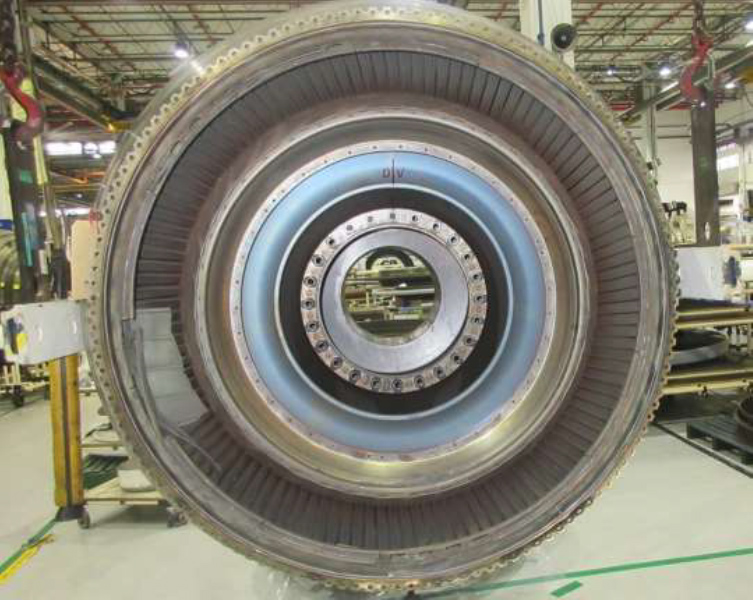
The ATSB has issued safety recommendations to the United States Federal Aviation Administration and engine manufacturer Pratt & Whitney calling for them to maximise a modification that would prevent a component failure of the PW4170 series engine which powers some Airbus A330 airliners.
The recommendations follow an ATSB investigation into a 18 January 2018 incident where a Malaysia Airlines Airbus A330-300, which was operating a scheduled passenger flight from Sydney to Kuala Lumpur, Malaysia, diverted to Alice Springs due to a malfunctioning left engine.
Subsequent disassembly and inspection of the affected engine, a Pratt & Whitney PW4170, identified that, as a result of exposure to elevated temperatures, a segment of the third stage outer transition duct (OTD) had distorted and fractured. The large fractured section caused a blockage within the engine that created turbulent airflow, partially blocking a low pressure turbine vane inlet stage and causing an increase in exhaust gas temperature. That in turn led to low pressure turbine blade failure, high vibration and compressor stall/surge events.
If fleet-wide replacement is implemented, we expect this will have addressed the safety issue.
The ATSB investigation established that there has been a total of 16 similar events globally within the past four years, all attributed to the ‘Advantage 70’ increased thrust modification for the PW4000-100 series engine, including five involving Malaysia Airlines aircraft. The modification increased the engine outer duct gas path temperature, which led to the distortion and liberation of the outer transition duct segments.
Pratt & Whitney, which had ceased production of PW4000-100 series engines for the Airbus A330 in July 2017, has now redesigned the engine’s OTD to withstand higher temperatures. The newly designed hardware will be available for retrofit from this month (November 2019) and service bulletins will recommend installation of the new ducts at the operator’s discretion.
ATSB Director Transport Safety Stuart Macleod said that the ATSB welcomed the availability of the redesigned OTD
“This incident is an example of an engine modification that had undesirable consequences, and Pratt & Whitney has taken timely and significant safety action to redesign the outer transition duct,” Mr Macleod said.
However, the ATSB notes fitment of the ducts is not mandatory.
“We have issued safety recommendations to Pratt & Whitney and to the United States Federal Aviation Administration, urging them to take action to maximise the fitment of the improved components,” Mr Macleod said.
“If fleet-wide replacement is implemented, we expect this will address the safety issue.”
The ATSB is also reminding pilots that, when confronted with significantly abnormal indications, the safest course of action on most occasions is to discontinue the flight as soon as possible
“Recognising that the crew's response to the elevated temperature shortly after take-off was in accordance with the ECAM (electronic centralised aircraft monitoring) procedure, this occurrence highlights that significantly abnormal indications are often symptomatic of a developing problem,” Mr Macleod said.
“In such circumstances, crews should give serious consideration to returning and landing the aircraft rather than continuing with the flight.”
Read the report: Engine malfunction involving Airbus Industrie A330-323, 9M-MTM, 37 km north of Curtin Airfield, Western Australia, on 18 January 2018


